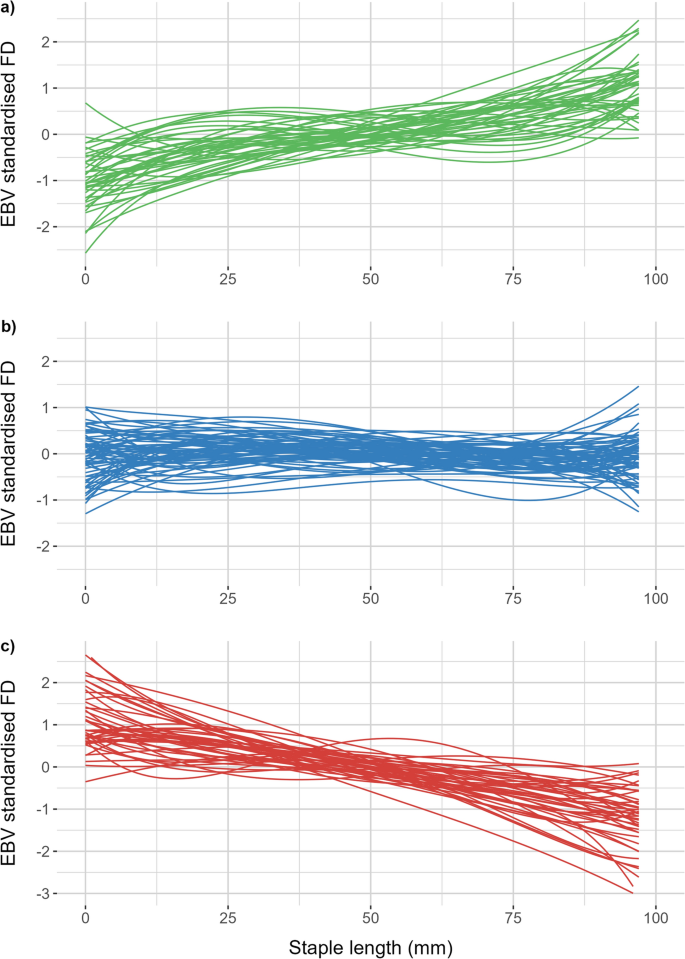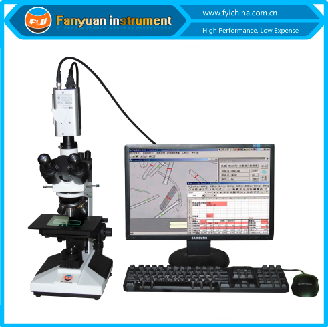How an Optical Fibre Diameter Analyser Delivers Consistent Results
How an Optical Fibre Diameter Analyser Delivers Consistent Results
Blog Article
Unlock Accuracy: The Ultimate Guide to Optical Fibre Diameter Analyser Tools
Precise dimension of optical fiber diameter is necessary for enhancing the efficiency and integrity of fiber optic systems. This overview provides a comprehensive review of the various size analyser devices offered, from handbook to automated options, each developed to meet certain operational demands. Secret features such as measurement accuracy and calibration processes are highlighted, together with best methods for optimal use. As we examine these devices, it comes to be obvious that the future of optical fiber analysis is evolving swiftly, questioning regarding how these innovations will certainly influence the market.
Relevance of Optical Fibre Dimension
Properly gauging optical fiber diameter is essential in ensuring ideal efficiency and integrity in communication systems. The size of optical fibres straight effects their light transmission capacities, impacting data transfer, attenuation, and total signal integrity. A precise dimension is vital to keep the preferred specifications for different applications, consisting of telecommunications, data transmission, and sensing modern technologies.
Inaccurate or irregular fibre sizes can result in raised losses and decreased effectiveness, ultimately jeopardizing the efficiency of the entire communication network. Furthermore, variations in size can trigger problems in splicing and attaching fibres, resulting in greater functional prices and possible system failures. Therefore, executing extensive dimension procedures is essential.

Kinds of Diameter Analyser Tools
To attain trustworthy optical fiber measurements, numerous size analyser tools are employed, each designed to satisfy certain measurement demands and applications (optical fibre diameter analyser). These devices can be generally classified into 3 main types: handbook, semi-automated, and completely automated analyzers
Manual size analyzers are normally utilized in smaller sized labs or operations where precision is needed yet manufacturing quantity is reduced. They use operators direct control over the measurement process, permitting mindful modifications and verifications.
Semi-automated size analyzers boost effectiveness by combining hands-on input with automated attributes. These devices frequently consist of user-friendly interfaces that simplify the measurement procedure while still enabling driver oversight.
Totally automated size analyzers represent the peak of dimension modern technology. These innovative systems integrate sophisticated sensing units and software to give real-time measurements with very little customer intervention. They are perfect for high-volume production atmospheres, making sure constant precision and rapid information collection.
Each type of size analyser offers distinctive functional demands, making it essential for customers to thoroughly evaluate their details demands when selecting the suitable tool for optical fibre measurement.
Key Functions to Think About
When choosing an optical fibre size analyser, a number of vital attributes call for careful consideration to ensure ideal performance and reliability. Dimension precision is vital; look for devices that use high-resolution analyses, preferably in micrometers, to make sure accuracy in diameter evaluation. Furthermore, the speed of dimension is essential, particularly in production environments where performance is necessary.
One more vital feature is the calibration procedure, as a dependable analyser should supply uncomplicated calibration procedures to keep dimension honesty in time. Web Site The variety of diameters the device can determine is also substantial; make certain that it accommodates the particular fiber types appropriate to your applications.
Portability may be a consideration, specifically for fieldwork; lightweight and portable styles improve usability in numerous setups. Straightforward user interfaces and software program compatibility can assist in smoother procedure and information evaluation.
Last but not least, consider the assistance and warranty used by the producer; reliable customer care and comprehensive guarantee alternatives can safeguard your investment and ensure long-lasting fulfillment. By focusing on these functions, you can pick an optical fiber size analyser that satisfies your specific needs and boosts your functional capabilities.
Ideal Practices for Use
Effective usage of optical fibre size analysers depends upon an extensive understanding of ideal techniques that improve dimension dependability and precision. First, ensure that the analyser is adjusted properly before each use. Calibration versus known standards mitigates potential mistakes and develops a standard for succeeding measurements.
Second, maintain a clean environment. Dust, wetness, or pollutants on the fiber or the analyser's lenses can alter results. Routinely evaluate and cleanse both the devices and the fibre to maintain ideal performance.

Additionally, carry out measurements at constant temperatures and humidity degrees, as ecological elements can impact outcomes. Paper each measurement carefully, keeping in mind problems and any abnormalities run into throughout the process.
Future Patterns in Optical Fibre Evaluation
As the demand for high-performance optical fibres remains to climb, improvements in analysis techniques are set to transform the sector (optical fibre diameter analyser). Future patterns in optical fiber analysis will likely be driven by enhanced automation and the integration of expert system (AI) and machine discovering (ML) innovations. These innovations promise to improve information accuracy, minimize analysis time, and make it possible for real-time tracking of fibre top quality
In addition, the advancement of mobile and straightforward evaluation tools will assist in on-site assessments, permitting higher versatility and effectiveness in manufacturing atmospheres. Improved imaging technologies, such as high-resolution imaging and spooky evaluation, are anticipated to give deeper insights right into fiber attributes, making it possible for suppliers to maximize their procedures further.
Furthermore, as markets progressively embrace sustainability, there will certainly be a promote green products and approaches in optical fiber production. This shift will certainly demand brand-new analytical approaches to assess the efficiency and long life of these products under varying problems.
Final Thought
Accurate measurement of optical fibre size is crucial for enhancing efficiency and making sure reliability in communication systems. The variety of size analyser tools, varying from manual to automated options, highlights the relevance of choosing ideal attributes based upon particular functional requirements. Following best techniques improves dimension efficiency, while ongoing developments in technology signal a shift in the direction of higher automation and sustainability in the Go Here area. Continued development will additionally boost the precision and efficiency of optical fiber analysis.
Accurate measurement of optical fibre diameter is crucial for improving the efficiency and dependability of fibre optic systems. In an increasingly connected globe, where high-speed information transmission is paramount, the function of precise optical fibre size dimension can not be overemphasized, as it offers as the foundation for durable interaction facilities.When choosing an optical fibre diameter analyser, a number of crucial attributes require careful consideration to ensure optimal performance and dependability.Efficient usage of optical fibre size analysers pivots on a comprehensive understanding of finest methods that improve dimension reliability and accuracy.Precise dimension of optical fibre size is important for enhancing performance and guaranteeing reliability in interaction systems.
Report this page